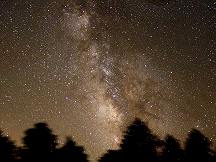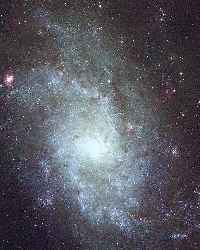|
home |
index |
units |
counting |
geometry |
algebra |
trigonometry & functions |
calculus
analysis | sets & logic | number theory | recreational | misc | nomenclature & history | physics |
Final Answers | |||||||||||||
Related articles:
- Stellar Objects.
- Star Magnitudes.
- The Solar System.
- General Relativity.
- Newtonian Gravity.
- Cosmology 101: Studying the Universe as a whole.
- Kant's Island Universes: The Universe is filled with separate galaxies.
- Nemesis: A distant companion to the Sun to explain extinction periodicity.
- Sand and Stars. The number of grains in a heap of sand as big as Fujiyama.
Related Links (Outside this Site)An Atlas of the Universe by Richard PowellFAQs about Galaxies (The Astronomy Café) by Sten Odenwald The Structure of the Universe (OpenCourse, Introduction to Astronomy #35) The Milky Way by Jim Kaler. | Center for Astrophysics (CfA) Wikipedia : Galaxy | Milky Way | Local Group | Virgo Supercluster | List of nearest galaxies | List of Galaxies Galaxy Morphological Classification | Hubble sequence | Galaxy color-magnitude diagram | Dark galaxy |
Videos
Powers of Ten : The classic short film (9 min) rereleased in 1977.The definitive guide to the Milky Way galaxy National Geographic Channel.
Monster of the Milky Way BBC Nova (Eric Becklin & Andrea Ghez, UCLA).
|
|||||||





